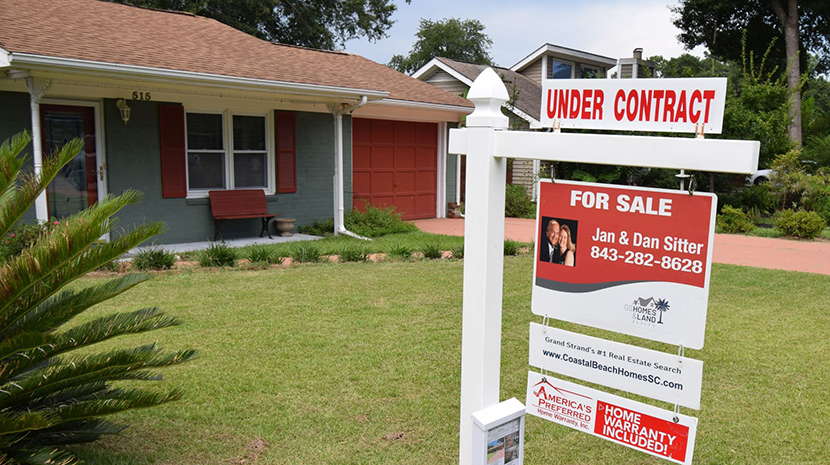
October Pending Home Sales Dip 1.1%

October pending home sales fell for the second straight month but continued to run well ahead of its pace from a year ago, the National Association of Realtors reported yesterday.
The Pending Home Sales Index (www.nar.realtor/pending-home-sales), a forward-looking indicator of home sales based on contract signings, fell by 1.1% to 128.9 in October, the second straight month of decline. Year-over-year, however, contract signings rose by 20.2%. (An index of 100 is equal to the level of contract activity in 2001.)
Regionally, strength in the South was not enough to offset declines elsewhere. Pending sales in the South increased by 0.1% to 151.1 in October and improved by 21% from a year ago. In the West, the index was unchanged at 116,8 and up by nearly 21 percent from a year ago.
In the Northeast, pending sales fell by nearly 6 percent to 112.3 in October but improved by 18.5% from a year ago. In the Midwest, the index fell by 0.7% to 119.6 in October but improved by 19.6% from a year ago.
“Pending home sales decreased in October for the second month in a row, but were still running at a pace 20 percent higher than a year ago,” said Joel Kan, Associate Vice President of Economic and Industry Forecasting with the Mortgage Bankers Association. “The robust year-over-year improvement in activity is a sign that we continue to see sustained demand for housing late into 2020. Realtors cited a combination of high demand and low inventory, which are making conditions more competitive and exerting upward pressure on prices.”
Kan noted faster price growth is leading to affordability challenges for certain segments of buyers, and particularly for first-time home buyers. “October’s contract signings data are consistent with MBA’s data through November thus far, as purchase mortgage applications have shown strong annual gains for over six months, as well as record high loan sizes,” he said.
“The housing market is still hot, but we may be starting to see rising home prices hurting affordability,” said Lawrence Yun, NAR chief economist. “Scarce housing and low rates—plus very strong demand—has pushed home prices to levels that are making it difficult to save for a down payment, particularly among first-time buyers, who don’t have the luxury of using housing equity from a sale to use as a down payment. Work-from-home flexibility has also increased the demand for both primary and secondary homes.”
